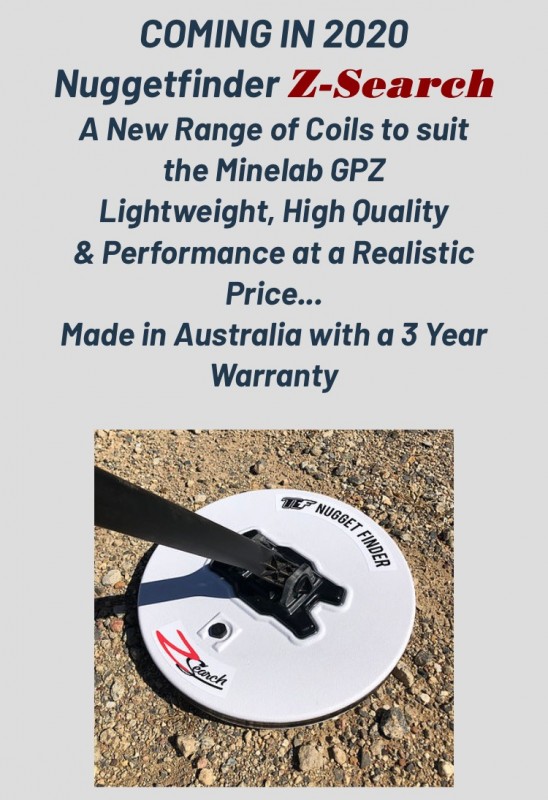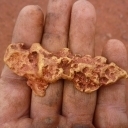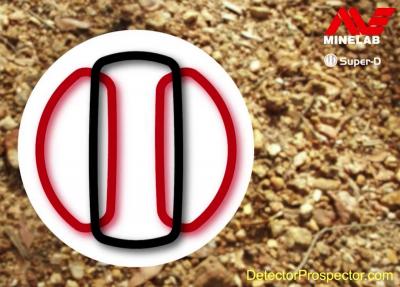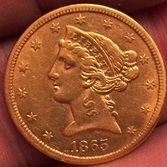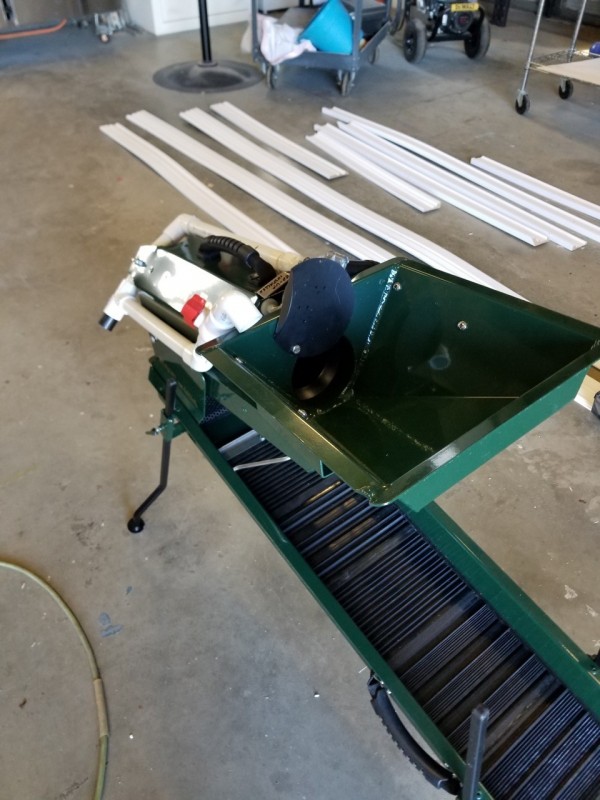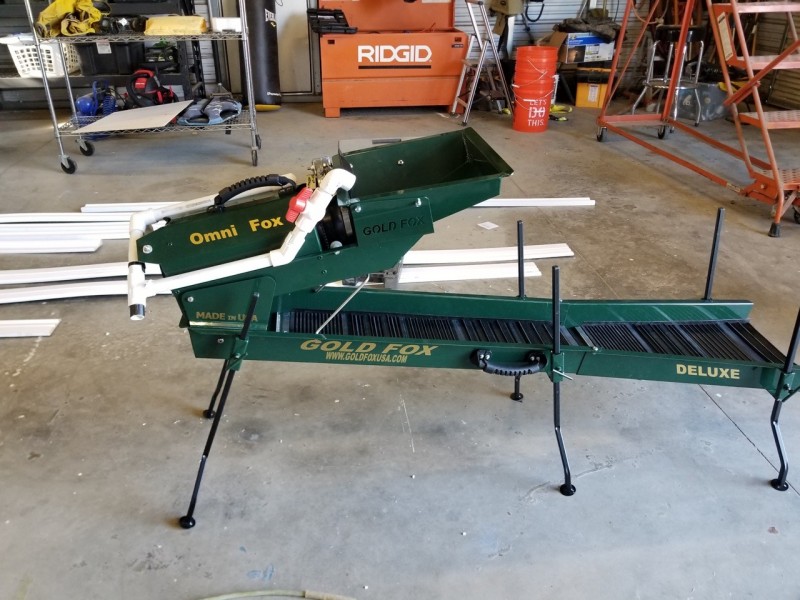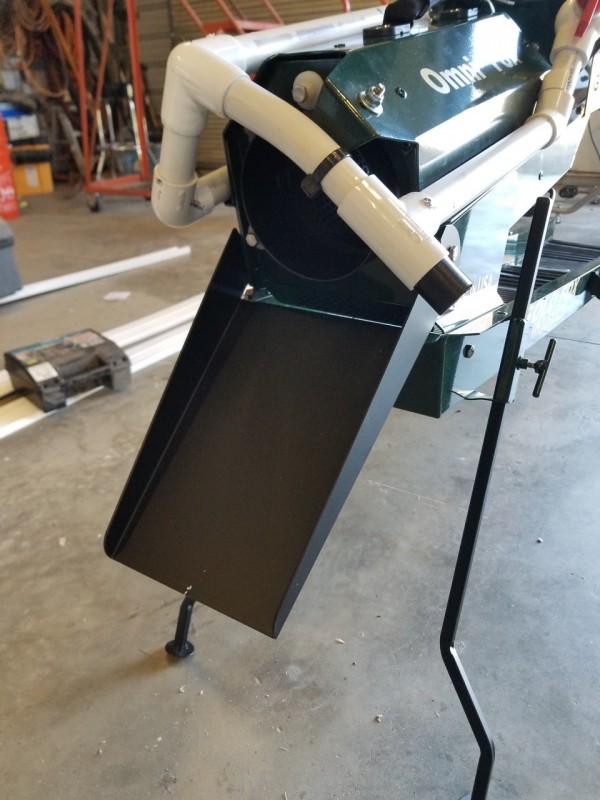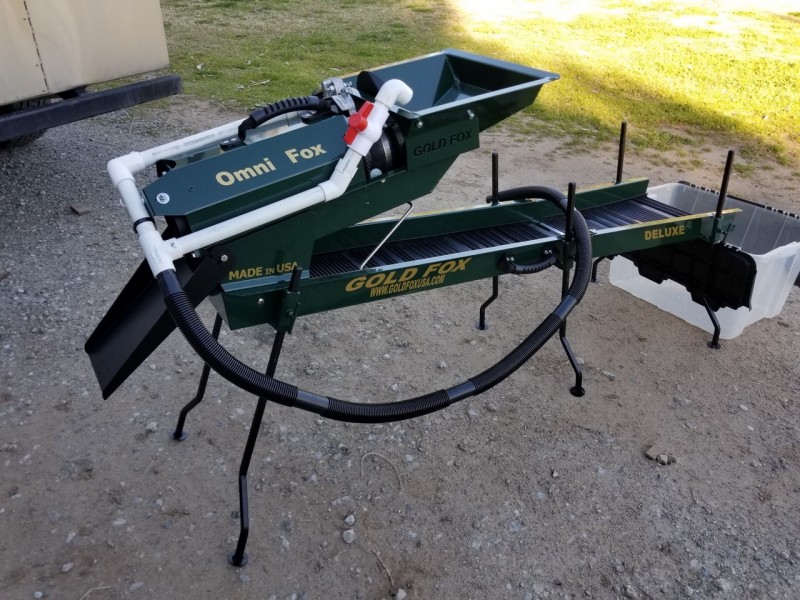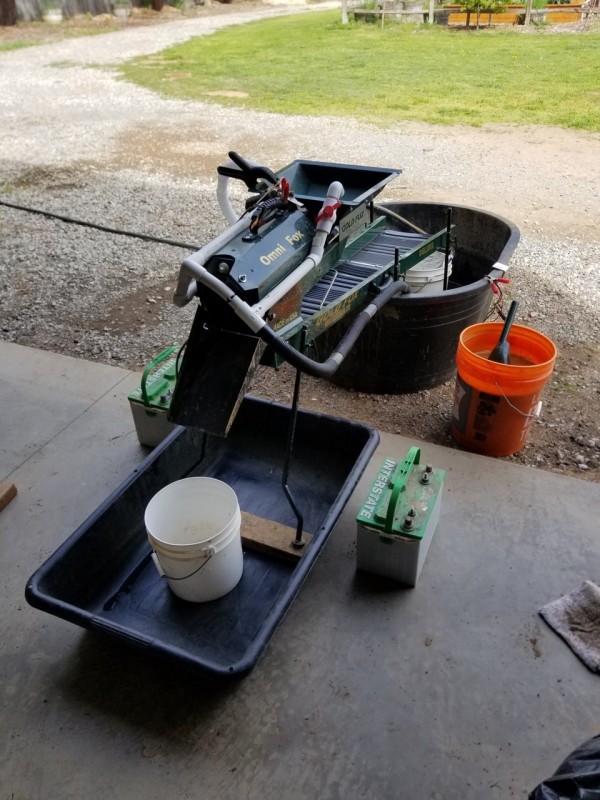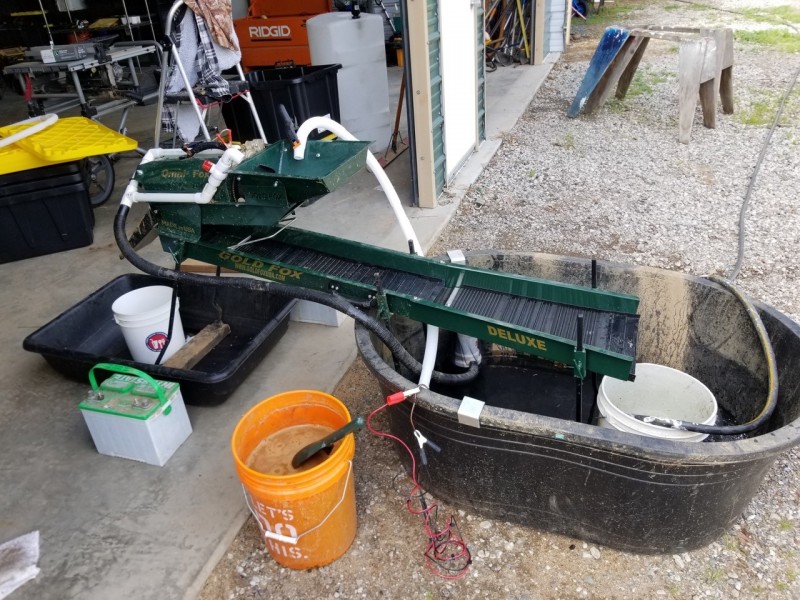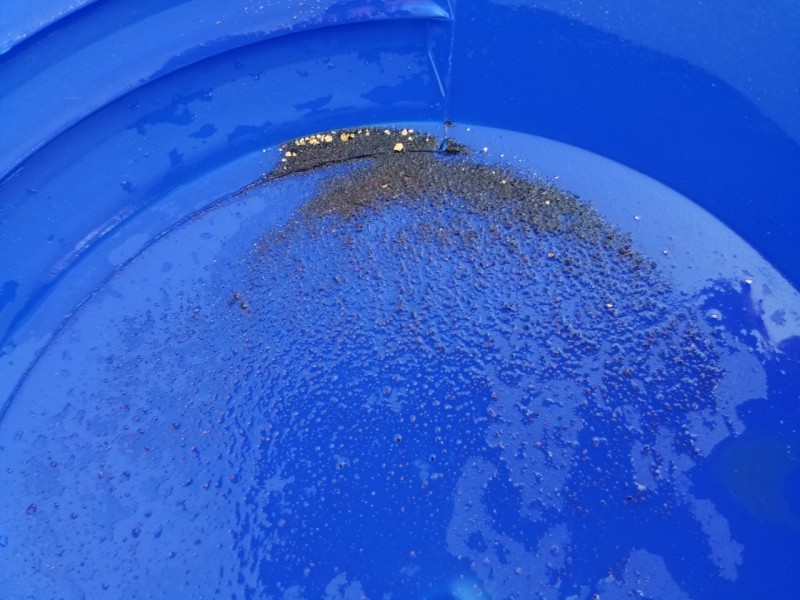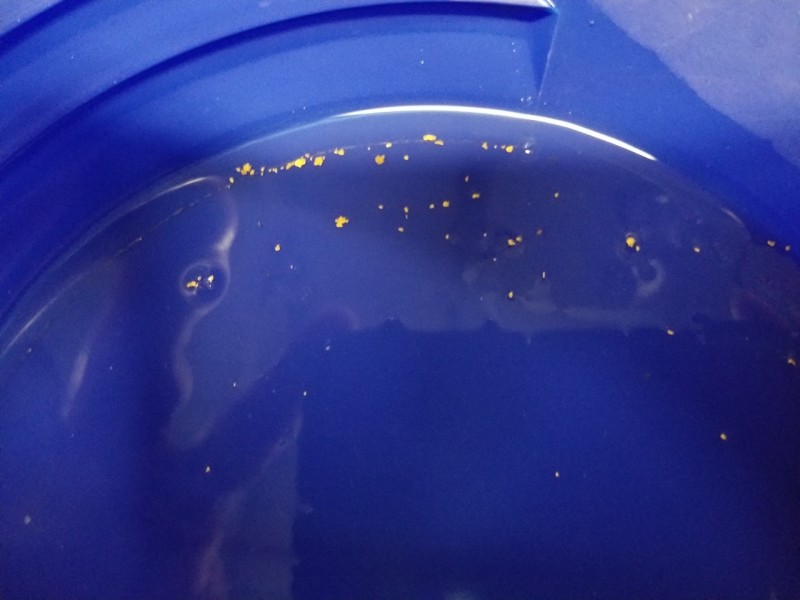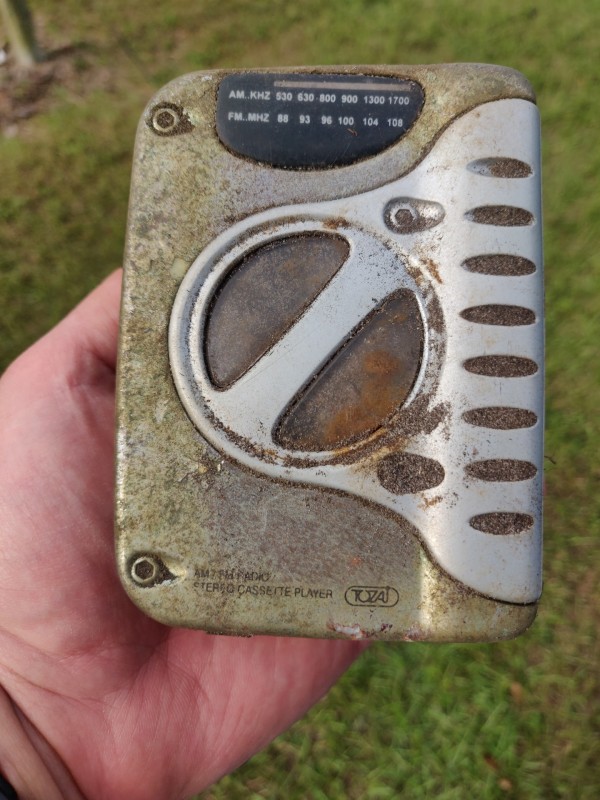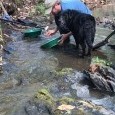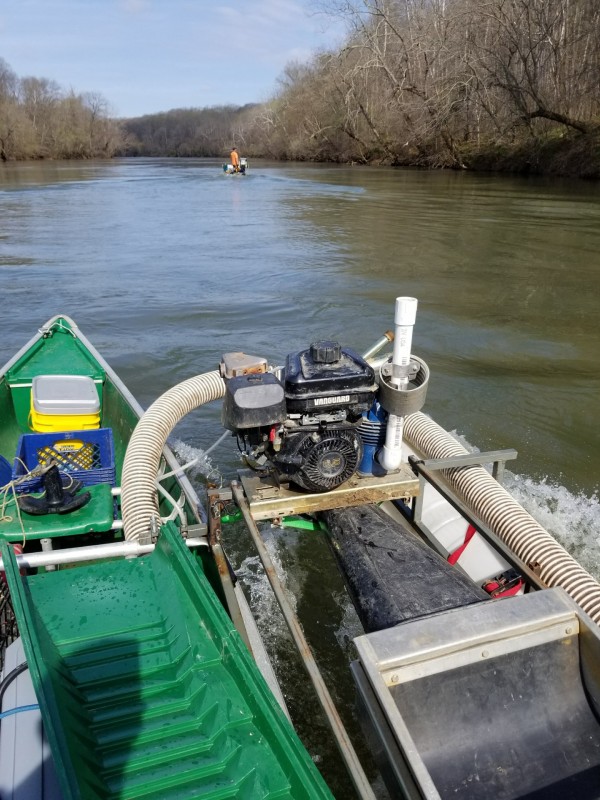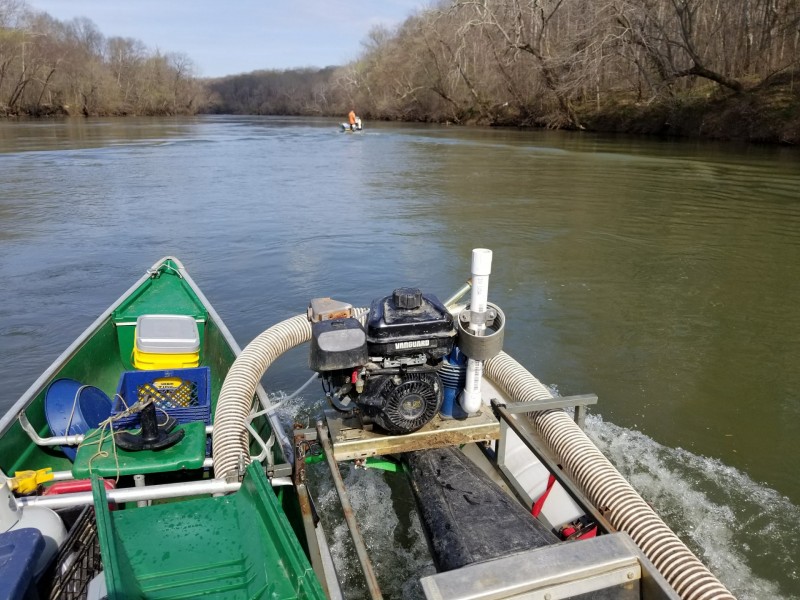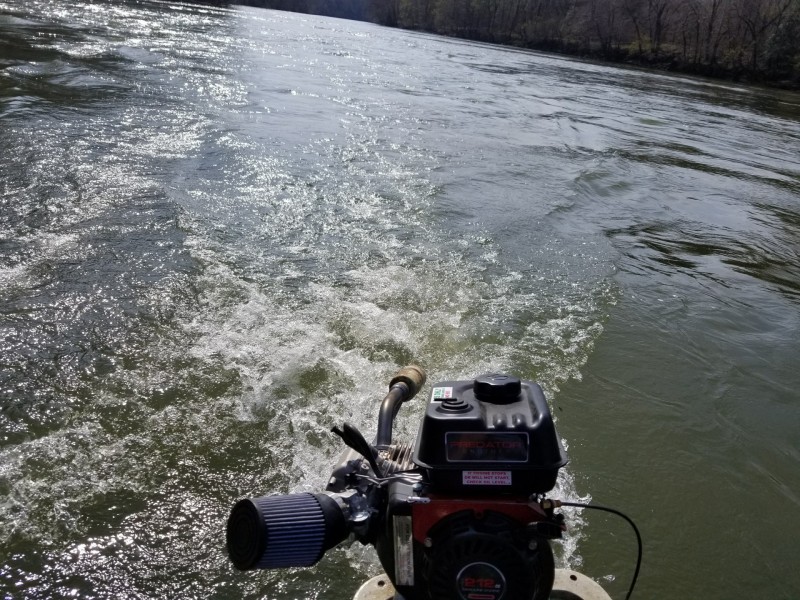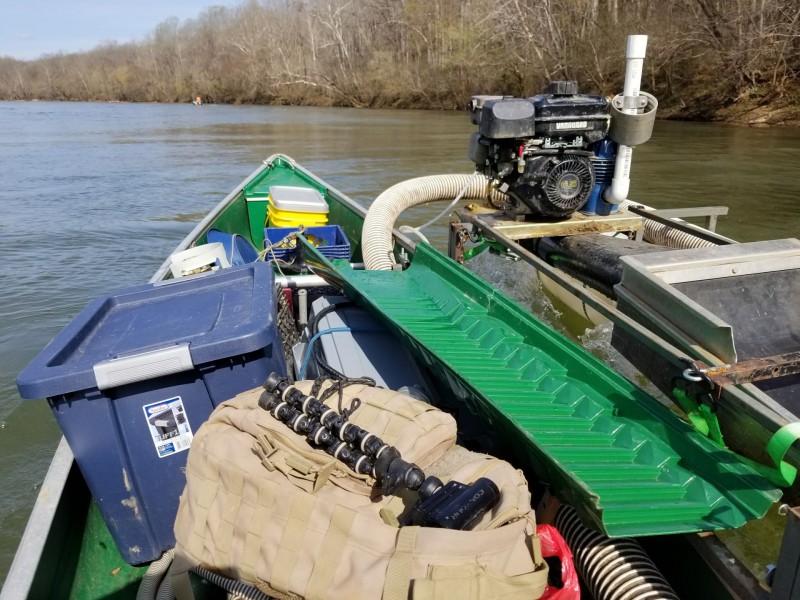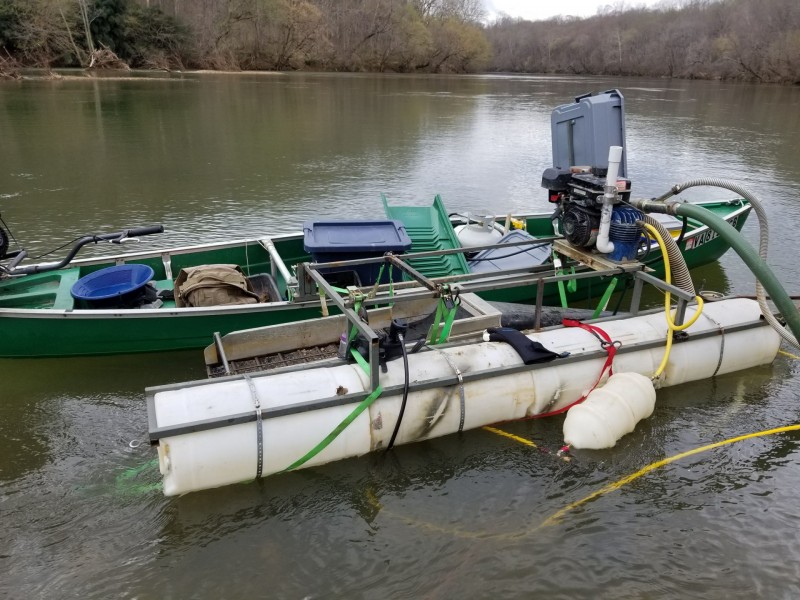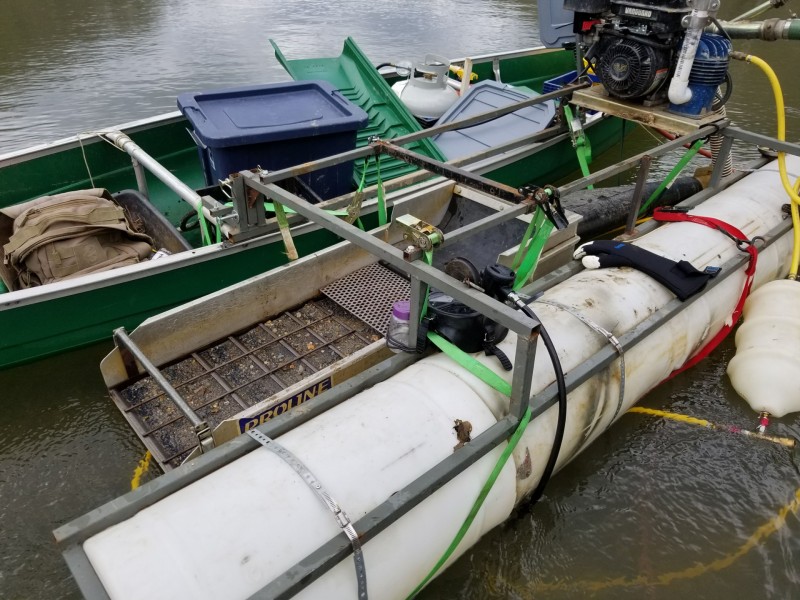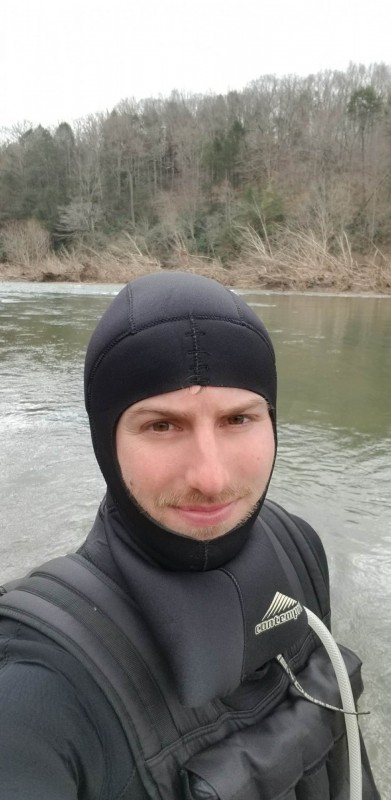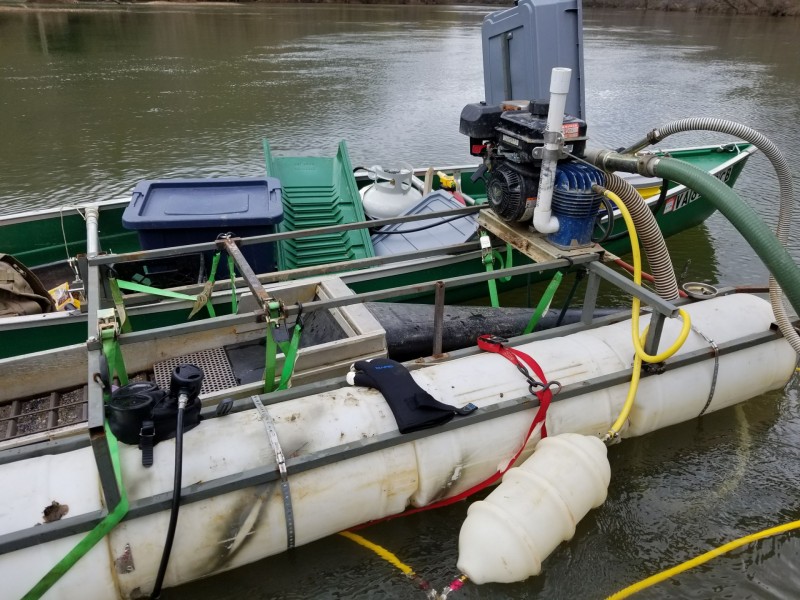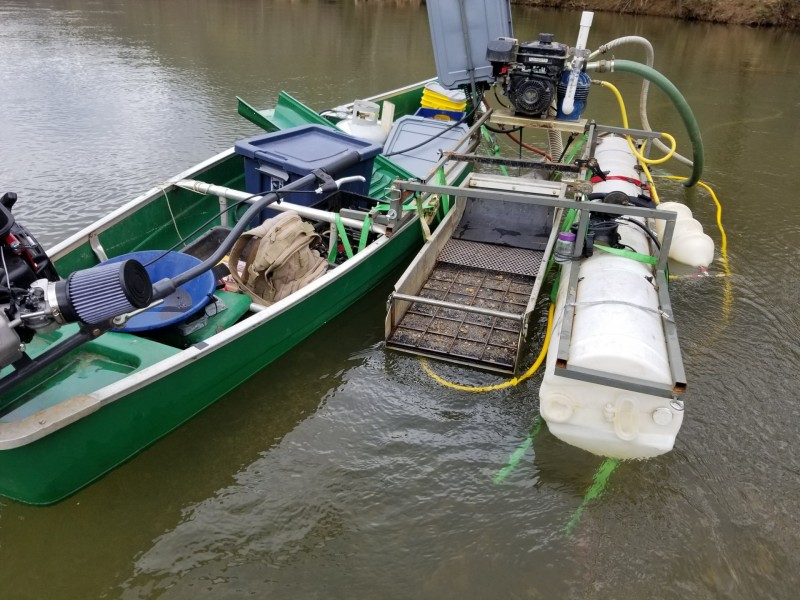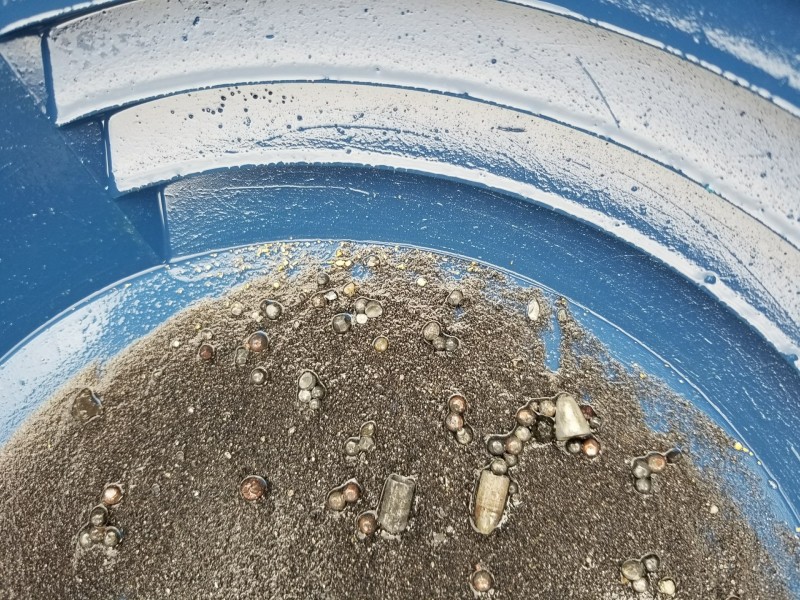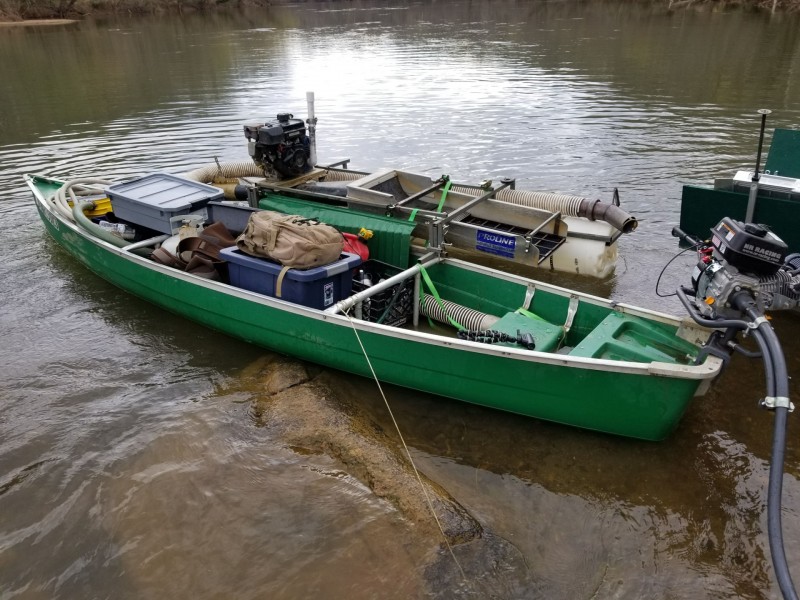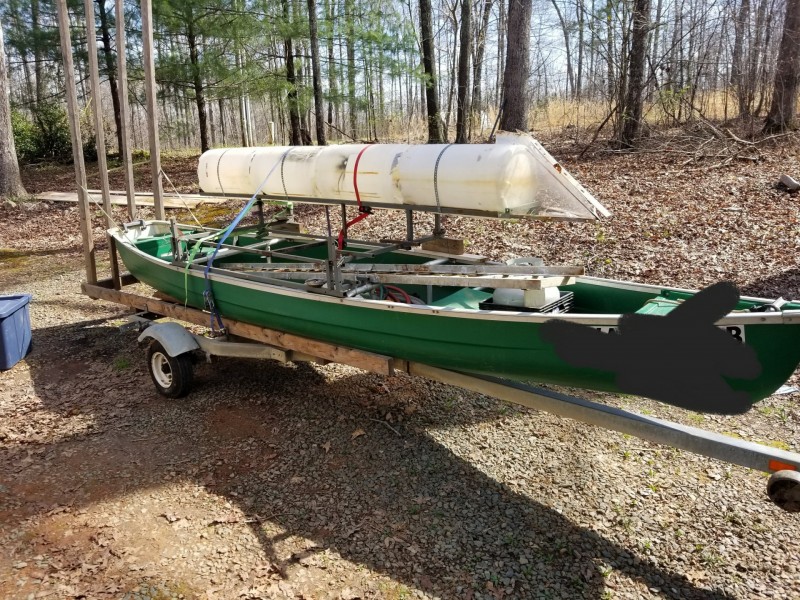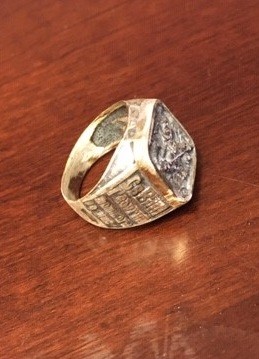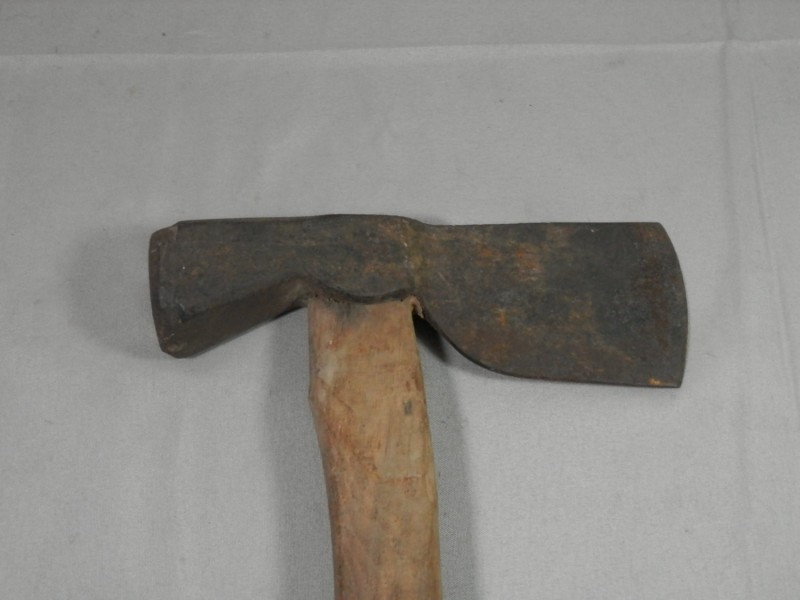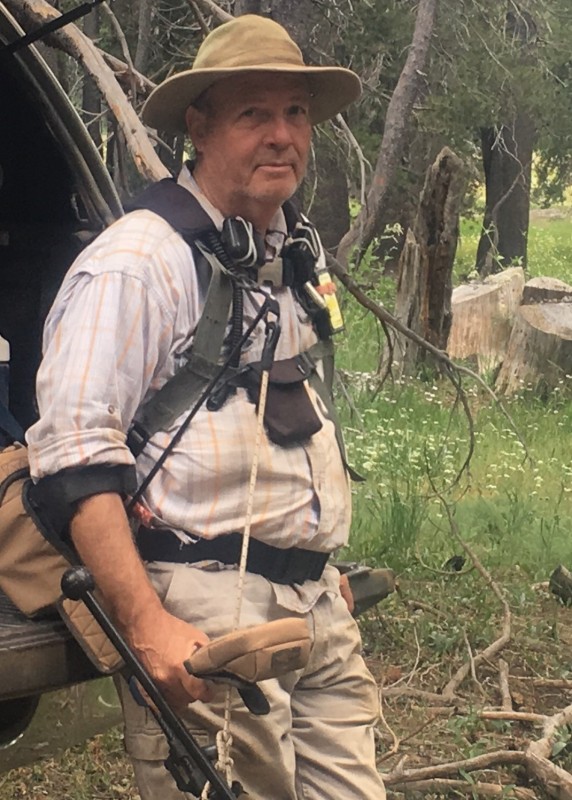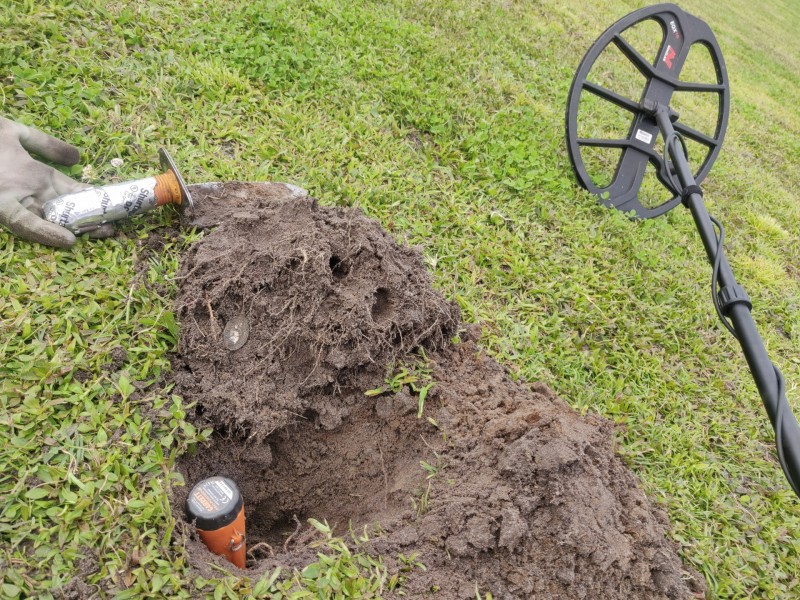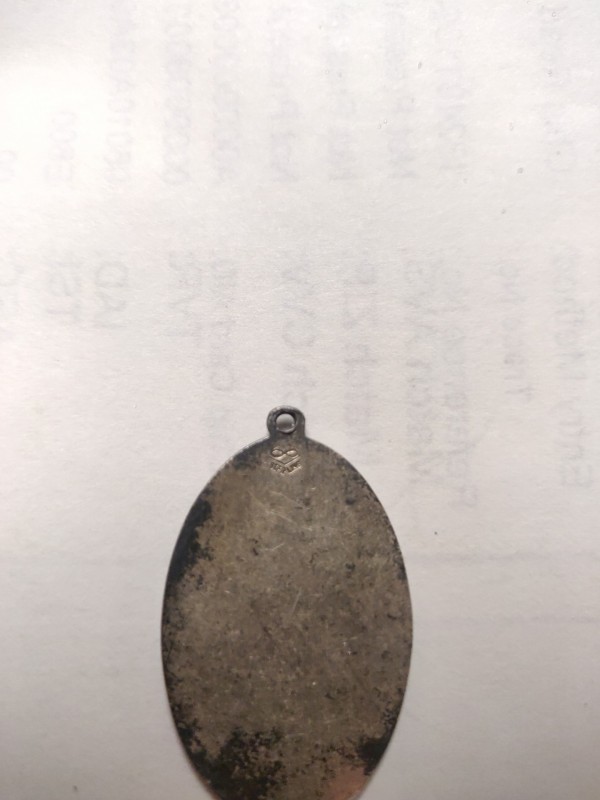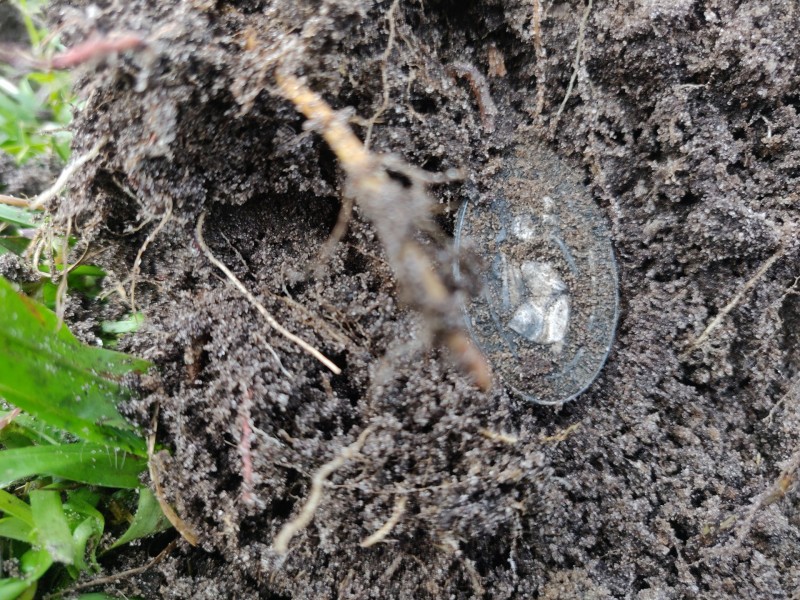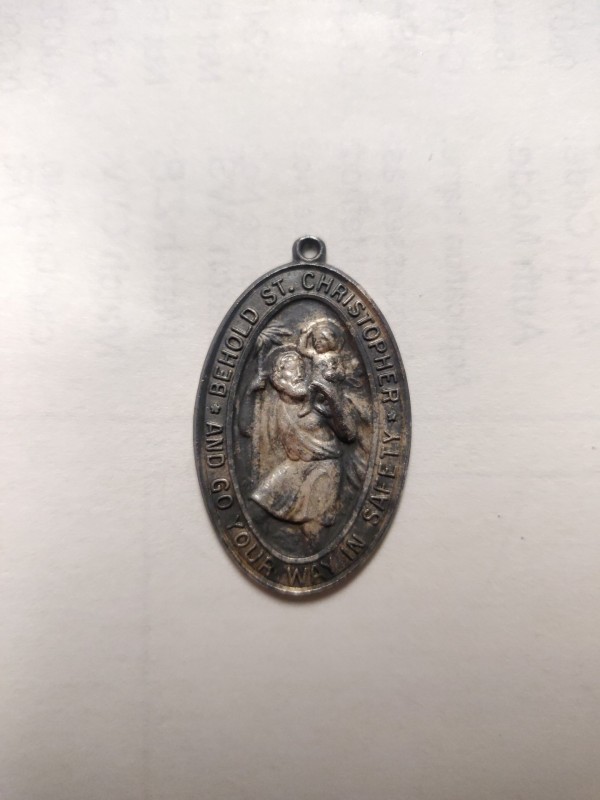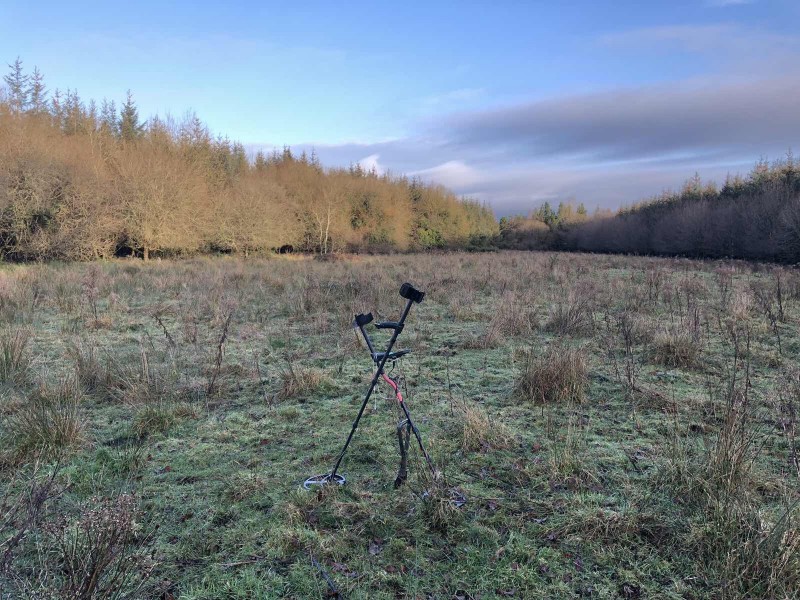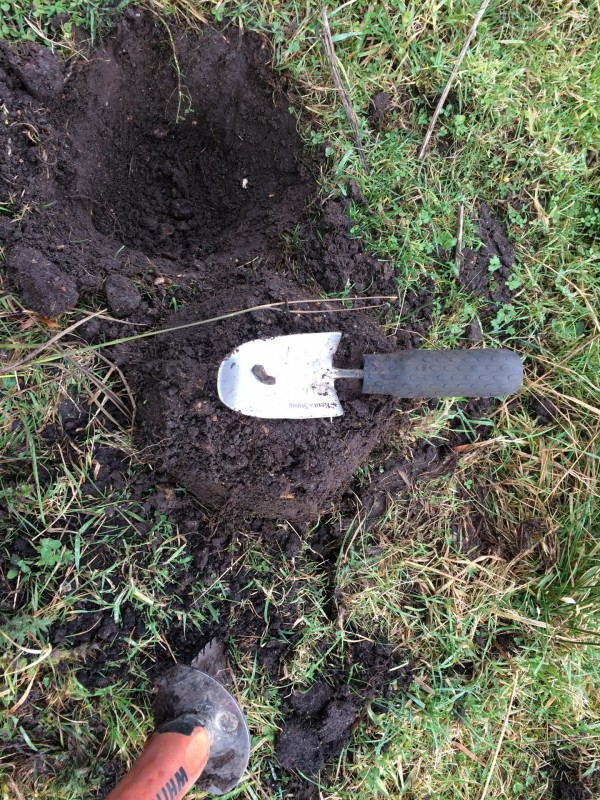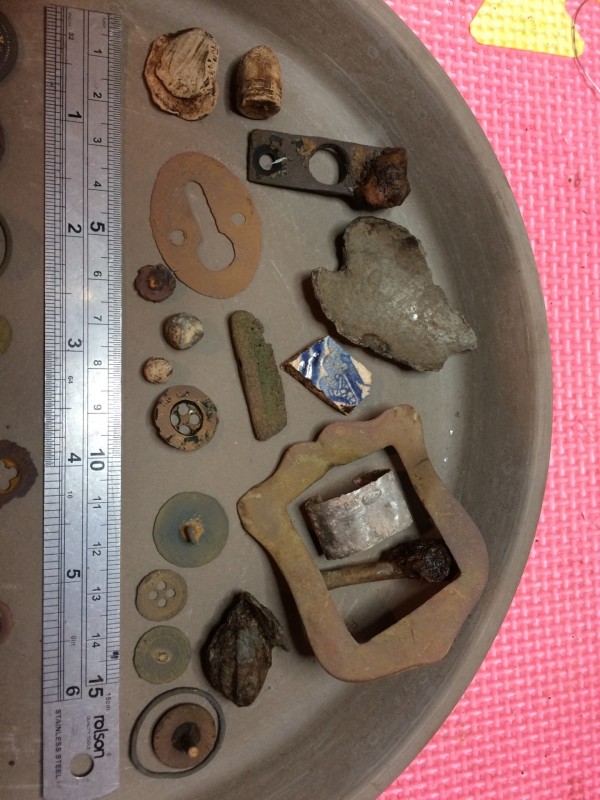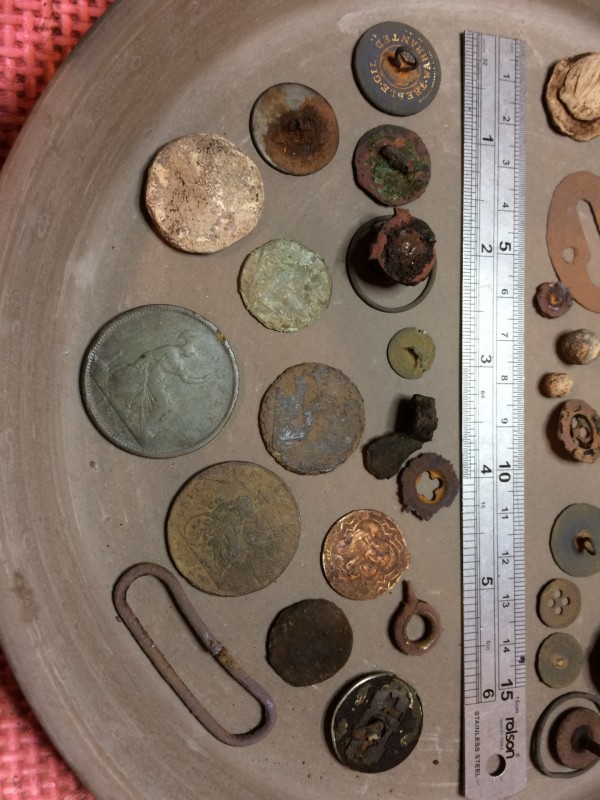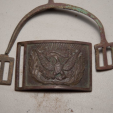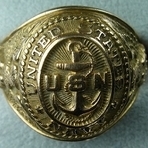Leaderboard
Popular Content
Showing content with the highest reputation on 12/09/2019 in all areas
-
13 points
-
9 points
-
Starting to think I might be the odd one out...but I'm sure I'm not. As for the detectors, yep they are heavy, but not heavy enough to be a worry (for me) The harness works well and is comfortable (again for me) and negates the weight. I don't feel trussed up or tied to the machine. The proswing runs rings around the old ML harnesses and I quite like it. Just like anything else... cars, tools etc if something is not quite right, I adapt and find a work around until it is. I would have much preferred 7000 performance and tech in the old GPX style set up. But I won't blame ML for giving us what we got. They read forums and listened to what the majority wanted and gave us exactly what they asked for..... CTX style, battery included, GPS. wireless.... They even sold it to us at a price we said we'd be willing to pay. Not what I would have asked for, but it works and works well especially when used in conjunction with the 23006 points
-
5 points
-
Steve, the same guy that told me about these new coils also said that has been taken care of ☺️4 points
-
Rotating and examining the target is probably the only way to go in difficult areas. To add to this, sometimes pumping coil over the target may give some clue as well. I totally agree with earlier assessment, that Deus and Equinox complement each other and this discussion was not another topic to compare the two. I also want to reiterate, I don't advocate to use any of the firmware version, but rather to use one that works best for you and the ground that you hunt. My aim is to gather information and share my own findings about strengths and weaknesses of each. In my case, I think 1.7.5 did better. By better I mean, it was not day and night, to put it into other words, the 1.7.5 was more optimistic and v2 rather pessimistic about how good targets were in difficult ground. By being optimistic I had to dig some rust, more than I would do on v2. I think v2 is more coin and larger target oriented than collecting shrapnel. But as mentioned earlier, I find coins carry little context and hence are not particularly interesting to me. Something I recalled from this weekend. My friend had a lot of iffy signals on his Deus, he called me few times to swing over those targets and most of them were a No. And indeed, they were rust or, in fact, deep coke. Nox really shined. Just to add. Settings were same as last week, Park2 or Field2, FE=0, Recovery 3/4, Sens 23, GB 0 (auto 1), Noise 0 (auto -8), 50 tones, T1=-9 to 2 in both Park2 and Field2 (default). Coke was ID 1, Rust ID was negative/13. Some buttons were coming at unusual ID 5, beer cans solid 22.4 points
-
You're dead on with this statement. Not possible to do an accurate test without leaving the targets in the ground. Approach each from the same direction and angle. Key note, after one machine detects a target it must be turned off and removed from the area. All this being said I made a return visit to my coke site today. Determined to test the Equinix in this area, I searched until I located a target that might be good. Took my time to rotate around the target and as I did the target became intermittent. Then at one point, the machine went silent, nothing, no audio, completely silent. Continued to rotate around the target and as in the beginning the audio came back to a some what good audio signal. Pinpointed and dug a plug about 6" deep and noticed both the plug and hole had a huge amount of decaying coal slack (will attract to a magnet). Another inch or so and out comes a penny. Continued to hunt another hour and did the same to each target dug. Conclusion, most cases the audio was not text book dig signals, but broken, very jumpy ID. But remember, coal waste acts to partially mask even the best of targets with all detectors.4 points
-
I spoke to a guy about 4 or 5 months ago that has used one of these coils and he said it worked really well. I`ve been dying to say something on the forum but couldn`t. I`m glad to see they have finally been announced 🙂3 points
-
I’d say the phones will be running hot today...... looks like someone poked the Tiger, wonder what Coiltek are doing? With the demise of the GPX 4500 there is now only one official Minelab MPS machine that all those after market coils can go onto if you want to buy new. Just for clarification, I am just as much in the dark as anyone on what is actually happening in this sphere but am not surprised, its a highly competitive market that is shrinking rapidly.3 points
-
3 points
-
There has been some really good advice given about highly mineralized dirt. Dirt in my area is pretty bad and I've also been to Culpeper VA a number of times. I have both the XP deus and equinox 800 and which one I use depends on the conditions. That's if I'm not using a PI. If you just have bad dirt with a moderate amount of trash I prefer the equinox. But if there's lots of signals to contend with I'll take the Deus any day. Compared to ORX you can really open the Deus up. And if there's lots of signal depth really isn't a concern. The audio on the Deus can be set in 3 tones 0 disc so that tones 1 and 2 can be set at 200 Hz and tone 3 at 900 Hz which is a spread you should easily be able to distinguish. I personally just find it easier to evaluate lots of signals with Deus vs the Equinox but they are both great machines and compliment each other.3 points
-
Hello We head out most weekends for a little adventure whether it be prospecting, detecting, offroading or ??? Video attached sharing some of our experiences. Thanks and looking forward to seeing some of you in the field!!!! Will also post some cool photos later, from our last trip, found some cool old sluice boxes etc and equipment on the rivers edge.2 points
-
2 points
-
This is potentially very good news for the hundreds of us who have been awaiting ML's answer to the lack of different coils for our very substantial GPZ investment. In my opinion, Nugget Finder coils have never disappointed. Now for details...2 points
-
Thanks Fred……..I am going to start by getting a hip stick and looking for some kind or harness. I will try to replicate what you have. You have been very helpful. Phoenix…… I have worn many of them harness working as an electrician. I probably have one but its 2000 miles away from me now. All good ideas2 points
-
If there is any way you can still hang on to that ORX and still afford the Equinox, I would do it. I just killed it a one of my favorite sites (more to follow) with the ORX (forced myself to just use it for a whole day rather than going to my old standby the Deus) and I am now starting to think that the Deus is really overkill for the way I use the Deus/ORX settings. I really prefer the ORX user interface (save for a few quibbles). I really think having both the ORX (or Deus) plus Equinox is a killer combination.2 points
-
Hope you like the Equinox 800 better than the 600. If you are keeping your T2SE, you have your ground conditions covered pretty well. The T2SE with a smaller coil in bad ground can be a good combination with your Nox if you can settle the T2SE down and not run it too hot. It's a great relic detector and almost as good at separating targets in iron trash as the ORX. The T2SE and the F75SELTD with bigger coils in good ground are depth monsters...... good luck Jeff2 points
-
Very late to comment here but here is my two cents. I always use 50 tones but leave it at the default pitch setting. I do lower the ferrous tone volume from 12 to 4 however, which makes ferrous a very low level puttering sound to my ear. I like hearing the ferrous as it alerts me to potential target fields but I don't like getting beat up by it.2 points
-
That's my thought, use the SImplex as a test mule. This allows for the physical packaging to get dialed in, as well as the electronics, could be to the point whereas they just load the SMF code on the Simplex platform and it's off to the races as the TriPlex or whatever their going to name it. That would actually be quite smart, as they can also leverage economies of scale to cost reduce production, keeping the MSRP of their SMF at or below the Equinox. Personally, I suspect that if they hit a home run with their SMF, which would simply mean making it on par with the Equinox 800 around the same price point but with their generally generous coil selection, superior customer service and general all around customer loyalty and ability to build what customers want vs what they think you need, that it would elevate them to the next level in the detector industry. At that point, I think you'd see a lot of brand loyal folks reconsider what their loyalty is getting them. Just my nickles worth (inflation and all). .2 points
-
It would be smart that with this being what the future multifrequency model will be housed in to be designing the circuit board and coils, etc. with an eye towards that future purpose. In other words when designing Simplex I would be designing for SMF with the single frequency model just a step and a test bed along the way. The board may very well be multifrequency capable.2 points
-
A good user manual is a joy to use - a bad one is hell on earth. It’s tough to walk the line between what is necessary and useful and what just adds bulk and confusion. Tech writers get paid good money to do this well. A supplementary book - full of background on where the detector came from and how PI’s differ from VLF - going on to info developed from usage in the field - those are also valuable, but very different than the user manual.2 points
-
I'm not much of a sluicer. I'd rater be looking for nuggets with my detector. I like gold I can pick up with my fingers lol. My wife bought a small Keene sluice box several years ago and we set up a recirculating system at home where we could run some dirt at our leisure just for fun. I never really liked my home made set up. Although it worked it was slow..It was like a mini high banker made with stuff I got at the local hardware store. I was wanting something more efficient. In my search I found Gold Fox USA. There is also an Australian version that is the same company with a dealer who distributes for them in Oz. I wont go into a lot of boring detail...you can go to their web site and face book page or youtube for that...However I would like to say that so far I am very happy with this little set up. I can run unclassified material through this sluice extremely fast. The trommel is five inches in diameter. I've only used it three times so far and time will tell on how durable it is but it seems to be very well built. The company has many different sizes and options available. They are fast and get the product to you when they say they will. If you have a question Kelly the owner will get on the phone and answer it for you. The Lil Monster Deluxe comes with a 12v 2000 GPH pump. You supply your own power. I am using a RV deep cycle battery that I had laying around. I also bought a 700 GPH 12v pump and am using the two pumps together. The reason being is the material I am running is mostly clay and I wanted more water to help break it down. The only thing you have to watch is that the jets that supply the trommel will get plugged with organic material. They are easy to clean. In fact if you turn off the water supply to the hopper so it feeds the jets only...the water pressure is enough to flush them clean most of the time. Give them a look. https://www.goldfoxusa.com https://www.facebook.com/goldfoxusa/ strick1 point
-
Was on a football field today using the 15" in park 1 and hit a jumpy signal. I decided to dig it because it was loud and chaotic sounding... probably like was said about it by the parents of the teen who owned it originally. When I got it home, I checked to see if there was a tape in it. The tape cover popped off and emptied a full load of wet sand onto the floor...still being obnoxious. This is the first one of these that I have ever dug. Bucket list: cassette player...check.1 point
-
1 point
-
Hello, Very interested by your topics about the next PI from Fisher, I would like to give my opinion. I come from France, a region with more than 66 miles of beaches, the largest in Europe, as my cover shows. Glad to be here.1 point
-
1 point
-
I too drop the ferrous tone for the same reasons (audio fatigue is a thing). I found that by raising the pitch I get those more flutey high tones similar to an Explorer, but hearing is so subjective, that ultimately you have to find your audio comfort zone.1 point
-
1 point
-
1 point
-
I will guess a roofer or drywall hanger hammer.".it is exactly the correct shape... believe me , 20 years of banging nails makes an indelible memory fred1 point
-
Sooner or later they are going to make a unit that relies on a cellphone and connect to it via Bluetooth with a small circuit board inside the shaft.1 point
-
Chase- I have very little experience with the ORX (had the Deus 5 years also) so all that you have said may be true. Since audio was the main concern here that's what the Deus has the ORX lacks and mostly what I was suggesting. I like to run my Deus wide open in iron. -1 silencer, 0 disc, 3 tones basically 2 tones, Audio at 4, sensitivity as high as I can get it, reactivith at 4 and negative ground balanced. It's noisy and most people wouldn't be able to stand it but it works for me and gives me tons of information about both the ground and the targets in the ground. Non-ferous targets really jump out of the iron as well. Personally I feel the ORX is too limited for my likes. No Silencer adjustment, No audio ajustment, No iron volume adjustment, reactivity limited to 3 which I use 4 80% of the time and no tone adjustment. Obviously my opinion only, but like you said if he already has an ORX and it can get it done then why spend more money on an Equinox or a deus. Now if I'm going for depth I'm going with the Equinox or a PI. Neither do as well in iron IMO.1 point
-
Maybe they were testing the waters for the much more expensive Gpz... yes, it was expensive but no body made me buy one.... fred1 point
-
Yes, Bill but I modified it to suit my needs...that is not the Gpz harness but one from the 5000 or earlier...I will try a better picture, if I have one... first is one onf my harnesses....speakers, enhancer, Hipstick and previous version of oc's Bungy... second pic is a Minelab modified harness. That was a cold day on a push in Nevada...if you increase the size of the pictures you can see more detail. I should mention that many people use a pack with a water bladder, waist belt and d-ring...these work for the hipstick and bungy.... fred1 point
-
Got back to having a swing around my usual spots with the Nox 600 after a month's break, it's funny how targets grow back if you leave the area alone for a while: Also picked up $6.50 in modern coinage in one spill which in a way was more unusual than the old pennies - not much modern action in this old gold-mining area so pre-decimal coinage is the order of the day usually.1 point
-
Chase I am starting to believe the same as you since making the update, and I only have 2 detectors. My neighbors and some friends have told me that they wish that they would have purchased a NOX when they had the chance. I am the only person that I know of in my area that has one and I know with the help on this forum I someday will learn how to use it properly. I wish to thank all my friends on this forum for their support, input and knowledge that they have given me. With that said should someone want to learn how to properly use a NOX pay attention to the people here and learn from the best of them, the things this unit can do has surprised many people that I know and myself. You can't go wrong with a Equinox 800 period.1 point
-
1 point
-
So... I feel I had a great day today hitting that field once more, but with 1.7.5 Many would call items on photos junk, but that is what I like digging. On one photo you may see a small item that came from 8 inch depth, and to the right bottom of it is a covered hole from last week, I just missed the item beside it. In fairness 1.7.5 saw targets that Garret pin pointer had trouble picking up, so small they were (see pictures) This is one of those days when I felt md talking to me, rather than making decisions for me. Last week most of things sounded broken and undiggable, but today it was letting me to do the decision. There was subtle shift in feedback from rather negative (last week on v2) to rather positive (1.7.5 today), making me feeling guilty walking away. I have to say I removed some iron too until I could relearn the pattern - rust was coming at ID 13 predictably. All I can say is I felt confident not missing much in the ground. Will stay at 1.7.5.1 point
-
Hard to provide advice on your audio perception issues tough ground on a forum, really need to be in the field with you to better understand what your issues are. But I will say this, the Equinox compliments the Deus/Orx and vice versa. They are really two completely different animals with their own strengths and weaknesses. Of the T2, ORX/Deus, and Equinox - I have owned and used all three and I would personally take the T2 out of the equation for the conditions you cite - a combination of high mineralization combined with iron. That is tough for any detector and the Equinox is not necessarily going to fare any better than the Deus/ORX. Regarding ORX vs. Deus. The Deus does provide some additional tweaking ability when it comes to tones and other parameters but the ORX pretty much covers the bases for the situation at hand. If I were using the ORX in the your conditons I would be using gold field mode and let the detector tell me everything under the coil audibly and look for the non-ferrous TID that is worth digging. Using 3-tones/discrimination mode under those conditions is pretty frustrating. If I was going to use a discrimination mode setup under those conditions I would use the Deus pitch mode with iron volume but I think Gold mode on the ORX with it's iron volume (which doesn't exist on the Deus) is just as effective though I do not have sufficient run time on the ORX to be sure. Plan on doing some test runs with the ORX at a site this weekend. Unfortunately, pitch audio is an acquired taste is like all metal mode in that it doesn't really give you an audible target ID, so you are somewhat dependent on the display (same for gold mode on the Equinox) but you really know when you are swinging over a conductive target. As far as the Equinox is concerned, it really wouldn't necessarily do any BETTER than the ORX but it would be different. By that I mean, you will find things with the ORX in those conditions you won't with the Equinox and vice versa because they will communicate with you differently about what they are seeing in the ground. The advantage of Multi IQ is that you might have get slightly more non-ferrous target ID depth with the Equinox whereas the Deus will hear the target perhaps deeper but without a definitive visual target ID. Furthermore, the Equinox 800 provides a few more advantages than the 600 in these conditions. Beside the wider range of settings with respect to iron bias and recovery speed, the higher single frequency options, and the non-ferrous tone customization options, one additional not-so-secret weapon that Equinox has in tough dirt/thick iron is Gold Mode. I use that a lot and it sort of emulates the ORX/Deus pitch tone or gold field mode pitch audio, but not quite as good. I like having the Equinox user profile button available so that I can quickly switch between modes (e.g., Field 2 and Gold mode) to interrogate iffy signals. So that is an advantage of Equinox. I could go on, but not sure I am really helping because I don't fully understand your issues. But as far as kool aid is concerned, Deus/ORX and Equinox just have different flavors and variety is the spice of life. How's that for worthless platitudes. Good luck Rob.1 point
-
Sounds good to me, I will let you know after in January. Thanks Tim (Valen)1 point
-
hi all just got me a simplex & gotta tell you they named it right its a simple to run hi teck detector with lots of features & its got some bite to it.. took it down the what i call the beach from hell lots of bottle caps & nails & hot Arizona ground ground balanced at 87 & ran it in park.. i would love to tell you that it dident pick up bottle caps but its a dd coil so it hits them but up just bellow the zinc penny range they could be dealt with hope they get a concentric out soon.. the simplex has a wide spread on the discrimination nickles 22-23 coins 79-90 pulltabs in the middle.. hits hard on nickles.. she found me this little beauty on a heavily worked beach in a mass of iron .. rang in at 19-20 10 k 2.3 grams im happy i have a new friend.. Thanks makro for a great detector1 point
-
The fact that I had never heard of the detexperts until your post is indication enough it never got off the ground, at least on YouTube, which is the only one I regularly use. Its interesting they didn't recruit the people that are already popular on YouTube that favor minelab detectors. Minelab is pretty clueless in lots of ways. It's good that they build really good detectors. I dont think they would have made it on marketing or PR skills.1 point
-
1 point
-
When you run the Equinox firmware updater you can D/L off the ML website , it will check your detector firmware version. On that screen is a drop down menu that gives you the option to update to latest version or roll back to either one of the two previous versions. Honestly, at this point I see no reason to roll back. I respectfully disagree with Nordic’s premise that the updates are biased to larger targets and are sacrificing overall drepth. In fact, ML improved on the ability for Equinox to correctly ID edge on coins which increase low target profile “sensitivity” and should enhance depth performance for small targets. The user profile “reset” bug of the original 1.5 version firmware was also addressed in the version 1.75 update. Finally, the F2 iron bias filter algorithm introduced in Ver 2 is superior to the Fe iron bias algorithm IMO but ML smartly decided to retain the legacy Fe version as a setting option in ver 2, if that is your preference, without having to roll back to 1.75. Not all my issues have been addressed (hello, wonky pinpoint mode) but there certainly is nothing compelling in the previous versions to make me want to roll back to 2.0. And frankly, my quibbles with remaining Equinox “issues“ are so minor I wouldn’t lose any sleep if this were the last firmware update Equinox sees from a bug fix standpoint. I would love to continue to see performance enhancement feature adds similar to F2 in future updates, though. All that being said, I agree that Nordic should go ahead and run the earlier version to convince himself one way or the other and fortunately, ML has made it relatively easy to jump back or jump forward with the various released versions of the firmware.1 point
-
Test the Equinox on some signals the Deus gets before digging them.1 point
-
Here is an article that I wrote for Lost Treasure magazine before it went under that you guys (and gals) may be interested in. Not sure how to bring in the photos, but here is the text. Do Coins Really Sink? Charles Darwin’s Contribution to Metal Detecting By Kent Whiting During my 30+ years metal detecting I have often wondered how coins become buried in the ground and what determines how deeply these coins are buried. There are two main theories; the first advocating that coins sink through the soil and the second that coins become covered by plant matter that decays and forms layers of soil on top of the coins. Over the years I have observed huge differences in coin depths from one site to the next or even within the same park. In 2011 I found an 1894 Barber quarter in good condition laying right on the surface of the ground at a site that for many years has been a dry poorly vegetated field. The following year I found, an 1894-O Barber quarter in good condition at a depth of over 10 inches in a well-watered park lawn. Both coins were probably lost in the 1930s, so why was one on the surface and the other over 10 inches deep? One possible explanation is that the coin lost in the park was buried by years of accumulation of lawn clippings. One problem with this theory is the soil above the coin was not pure organic humus, but also contained sand and silt grains. Could it be that the coin in the park was able to sink because the soil was moist? I have seen theories that attribute coin sinking to density differences between the coins and the soil. True, such processes can and do operate within streams. However, such density segregation does not occur within a soil. The frictional forces between soil grains are far too strong to permit sinking of a coin. So, if coins do not sink due to density differences and they are not covered by grass clippings how do they get so deep? Further complicating the situation is the fact that within the same park beneath a spruce tree I found a 1905 barber dime, at a depth of only about 4 inches. Fortunately, these observations can be explained by the work of one of the greatest scientists in history, Charles Darwin. Darwin is best known for his theory of natural selection to explain the diversity of life. In October 1837, about a year after he returned from his famous voyage on the Beagle, Darwin made a trip to visit his uncle, Josiah Wedgewood, at his country estate at Staffordshire, England. Wedgewood related that 12 years previously the surface of a certain pasture had been covered by a layer of lime, but the layer had since become buried by the action of earthworms. Darwin found the white layer of lime at a depth of 3 inches. According to Darwin, the burial of items by earthworms is related to their burrowing activity, which is intimately related to the feeding habits of certain species. Deep burrowing earthworms, such as the common night crawler, feed on both organic material within the soil, and on surface material, such as leaves and grass clippings. They drag their food down their burrows and deposit their waste, called “casts”, at the surface. They ingest organic-containing soil, including small grains of silt and sand, which become part of the casts. Darwin proposed that an item on the surface becomes buried due to the collapse of the subsurface burrows beneath the item, causing subsidence. The resulting surface depression, then becomes filled in by the granular casts. Darwin calculated the burial rate of the lime based on the application date and on the depth of the layer. He came up with a rate of 2.5 inches per decade. Darwin presented his findings in a paper read before the Geological Society of London in 1837. He concluded his presentation with the remark “it is probable that every particle of earth in old pasture land has passed through the intestines of worms”. Unfortunately, the paper was poorly received by Darwin’s geologist colleagues, who had expected great things from the man who, even then, was considered a celebrity following his voyage on the Beagle. Darwin soon moved on to other interests, but never completely abandoned his earthworm research. He published a few more papers on the subject, as well as beginning a few long term experiments. He spread a layer of lime over one of the pastures at his country estate in 1842 with the view of monitoring the rate of burial over time. In 1871 Darwin checked on the status of his lime layer, finding that it had become buried to a depth of about 7 inches over the 29 year period, for a burial rate of 2.4 inches per decade. He calculated the mass of soil material brought to the surface by carefully monitoring the burrows over time and found that the mass of casts brought to the surface matched reasonably well with the burial rate of surface material. The burial rate of an object due to worm activity is related to the population of deep burrowing worms for a given area. Darwin found that worm populations were considerably lower beneath beech trees compared to other areas. In 1881 he published his findings in the form of a 326 page volume which he referred to as his “little book”. The book was a commercial success, but was never embraced by the scientific community and was soon forgotten. Darwin’s work was rediscovered by scientists when the book was reprinted in 1945, and by the 1950s a few archaeologists began to recognize the importance of his work. The concepts described by Darwin are now well accepted by many archaeologists. Within the last few years new scientific terms have been coined to describe these processes. The action of earthworms on the soil is referred to as “bioturbation”, and the animals responsible for the bioturbation are the “ecological engineers”, which include not only earthworms, but any burrowing animal that deposits dirt on the surface. So how can Darwin’s work explain the depth differences between the two Barber quarters? The dry field was an inhospitable environment for earthworms. There was little or no organic material in the soil and the sparse vegetation provided little or no surface litter for them to eat. On the other hand, the park provided an ideal environment for earthworms. The soil was moist, and rich in organics, and abundant food was provided by grass clippings, and leaves. The area under the spruce tree was a relatively unfavorable environment. As mentioned previously, Darwin found that the areas beneath beech trees were unfavorable for earthworms. More recent studies have found the same to be true for conifers such as spruce and pine, and for larch trees, but not for oak or maple trees. So what does all of this mean for coinshooting? First, the idea that denser or larger items should become buried faster than smaller or less dense items can be discarded. How many times have you dug a can at over a foot deep? If cans are this deep, coins of a similar age will be just as deep. The number of remaining deeply buried half dimes and trimes in many “worked out” city parks is probably mind boggling. Another important take away is that under ideal conditions for deep burrowing earthworms, most all of the old coins could be out of range of most metal detectors. Earthworms are most active when the soil is warm and moist, so most of the burrowing and coin burial, occurs in the spring and fall. Clearly, some areas of the country are more favorable to earthworm activity than others. Warm and wet climates are particularly well suited to year round earthworm activity and potentially very deep coin burial. So, do coins sink or are they covered up? Clearly the answer is BOTH; with the help of a few “ecological engineers”. Sources Atkinson, R.J.C. 1957. Worms and weathering. Antiquity, v. 31, p. 219-233. Butt, K.R., Lowe, C.N., Beasley, T, Hanson, I, and R. Keynes. 2008. Darwin’s earthworms revisited. European Journal of Soil Biology, v. 44 p. 255-259. Darwin, C. R. 1837. On the formation of mould. Proceedings of the Geological Society of London, read November 1, 1837, v. 2 p. 574-576. Darwin, C. R. 1881. The Formation of Vegetable Mould, Through the Action of Worms, with Observations on Their Habits. John Murray, Albemarle Street. London. October, 1881. Desmond, A. and J. Moore. 1991. Darwin. Michael Joseph, Penguin Group, London. Feller, C., Brown, G.G., Blanchart, E., Deleporte, P. and S.S. Chernyanskii. 2003. Charles Darwin, earthworms and the natural sciences: various lessons from past to future. Agriculture, Ecosystems & Environment, v. 99, p. 29–49.1 point
-
Beaver dams. Whole series of old ones there, and this is the newest. I am not seeing the dredge tailings (looks natural to me) but that might be a trail or ditch line angling down from upper right.1 point
-
Very impressive, I never realized how much work is actually done in-house. Many other companies today outsource almost everything and only do the final assembly. White's manufactures a truly American product... One of the best!1 point
-
Very good video,i have drove past whites many times but haven't had the opportunity to take a tour yet. US.made is a big thing to me anymore,the layout is much bigger than I expected. I will always buy White's detectors, keep em coming. RICK1 point




